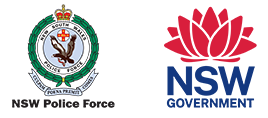The rate in which NSW has experienced emergencies has increased dramatically over the past three years. During this time, the NSWPF has led the state through unprecedented fires, floods, and a COVID-19 pandemic. Moreover, the number of emergencies occurring within NSW is expected to continue to increase into the future. To ensure that NSWPF continues to demonstrate the outstanding leadership and management skills required to meet each future challenge, we are interested in research investigating ways to implement new technologies into our emergency management protocols and an evaluation of the risks and benefits of aligning boundaries across multiple government agencies.:
NSWPF is particularly interested in research into:
14.1 From the perspectives of emergency management in NSW, what are the benefits of aligning boundaries across different government agencies (NSW health, police, ambulance, fire etc.). Will this result in issues being resolved with greater efficiency?
14.2 Evaluate the use of Crowd-flow modelling software for use in Emergency Incident Planning. For example, the simulation of crowd movement in large and complex virtual environments can demonstrate how a crowd moves when panicked which can help in event planning to inform crowd-control strategies.
14.3 3D modelling and Geo-spatial software - When planning entry points during sieges or raids, a realistic 3D computer generated model could help plan options as to where police officers can breach/enter the building. However, the excess time it currently takes to generate one of these models makes it impractical for use during emergency police operations. Hence, we are interested in research investigating how to overcome the time challenges of using 3D modelling and Geo-spatial software to create 3D building models.

